How does the new Puget Mobile 17″ compare to the top-end M3 Max MacBook Pro 16″ in performance for content creation?


How does the new Puget Mobile 17″ compare to the top-end M3 Max MacBook Pro 16″ in performance for content creation?
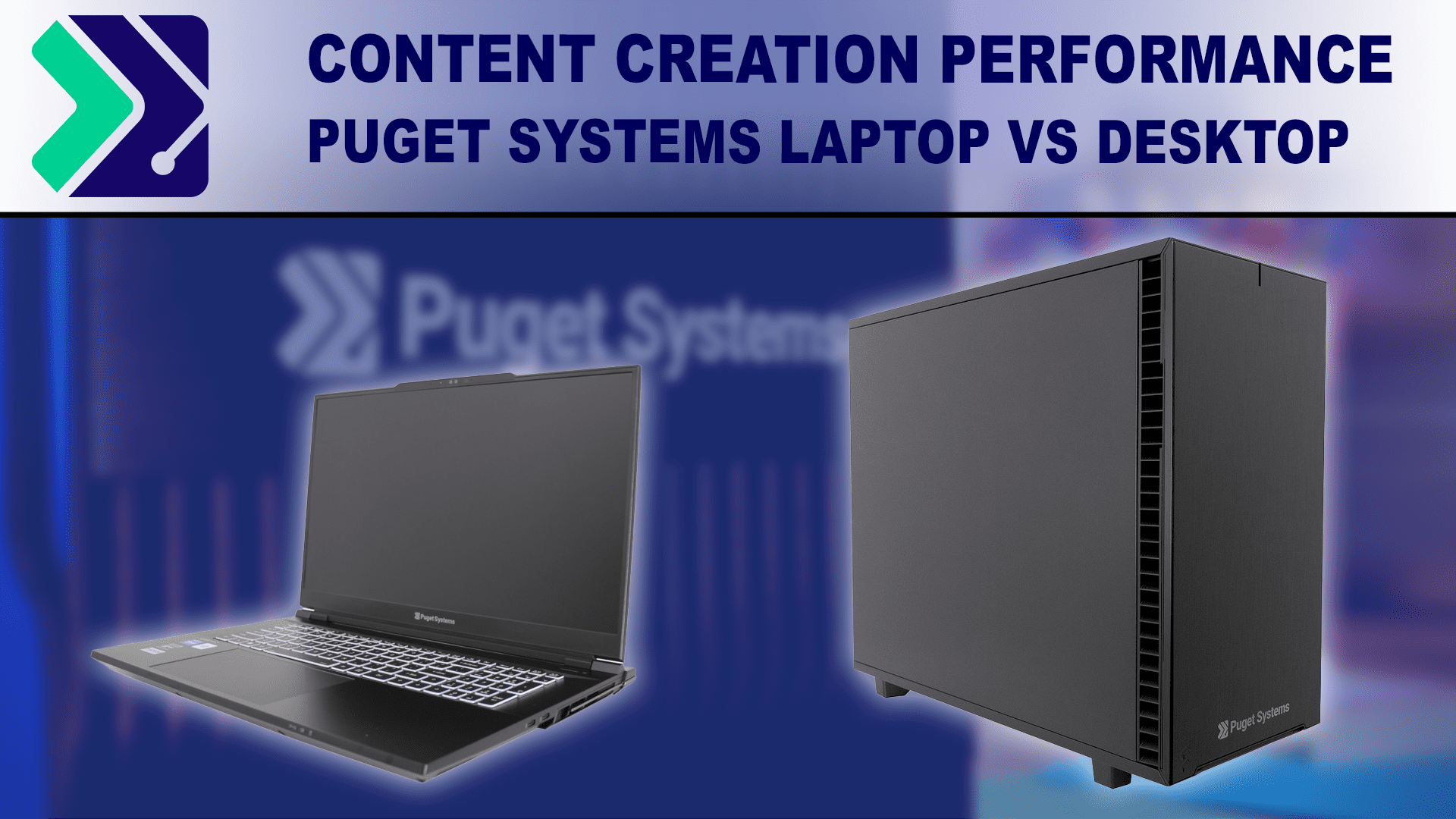
With the launch of the new Puget Systems 17″ laptop, there are a lot of performance questions we want to address. Today, we will be examining the performance of this new mobile workstation compared to a more traditional desktop.

NVIDIA has released the SUPER variants of their RTX 4080, 4070 Ti, and 4070 consumer GPUs. How do they compare to their non-SUPER counterparts?
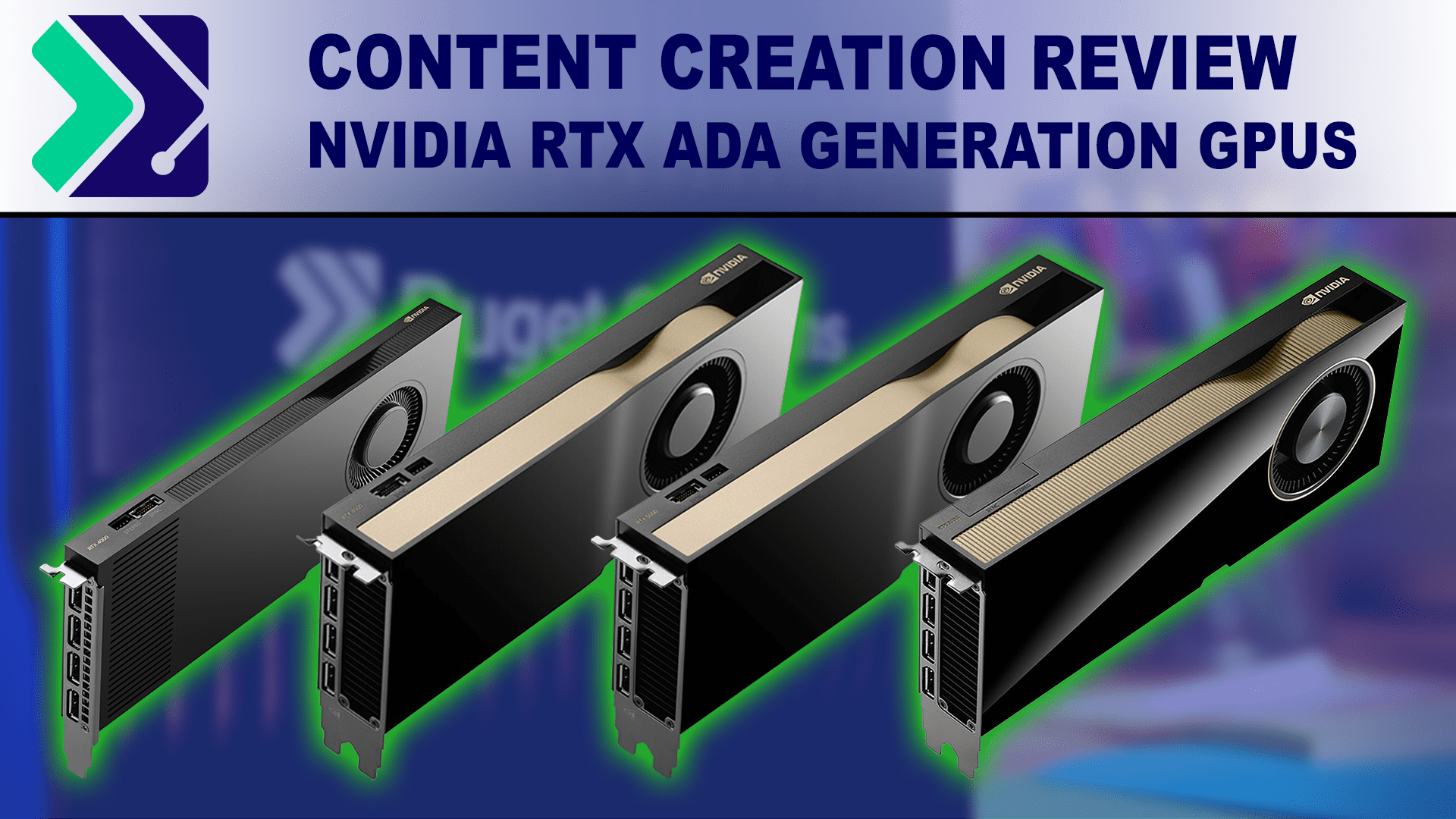
NVIDIA has released the complete family of professional Ada cards. How do they compare to the last-gen Ampere based professional GPUs?
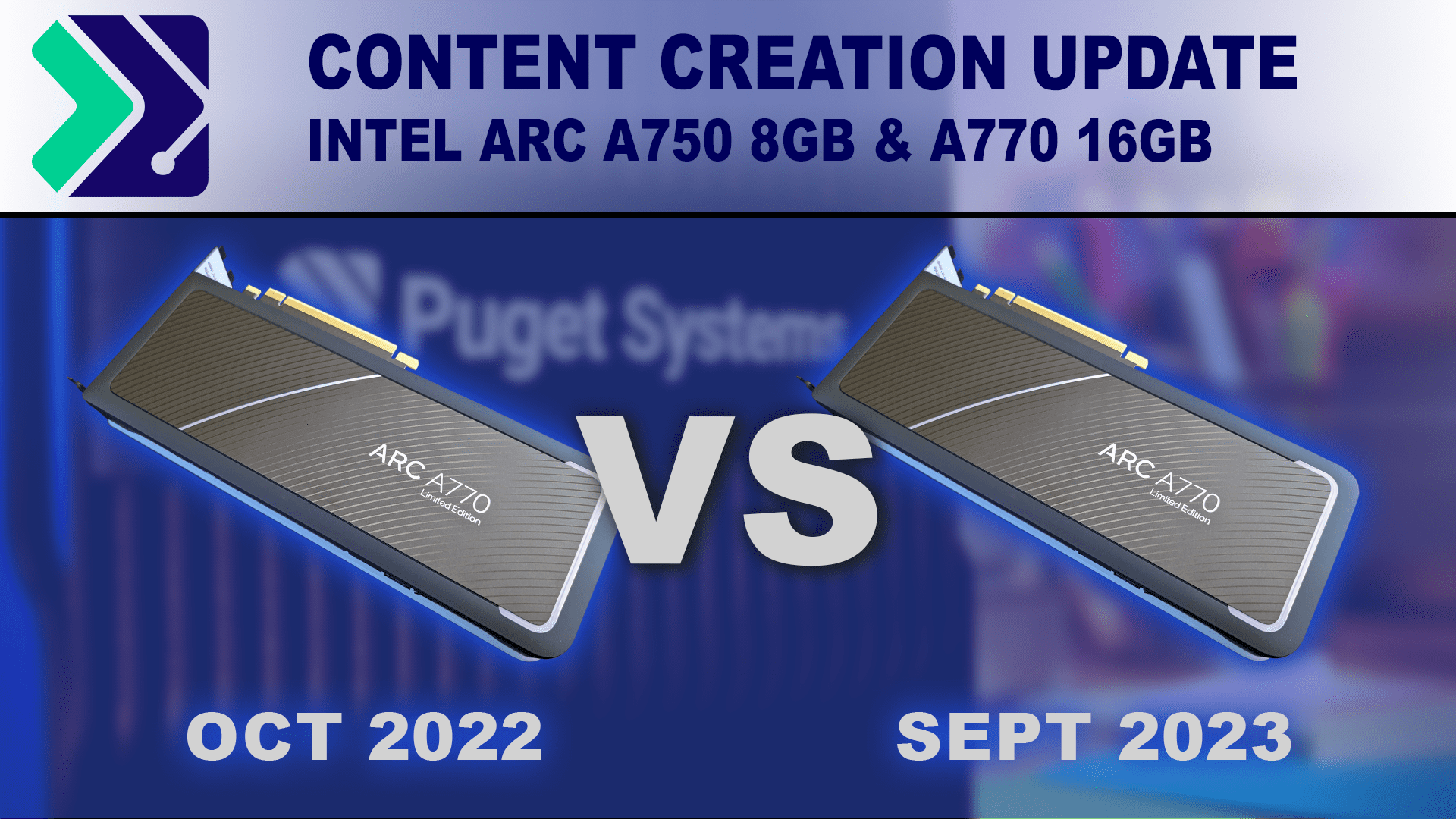
The Intel Arc Alchemist A770 and A750 launched 11 months ago. How have the Intel Arc A770 and A750 improved for content creation applications since then?
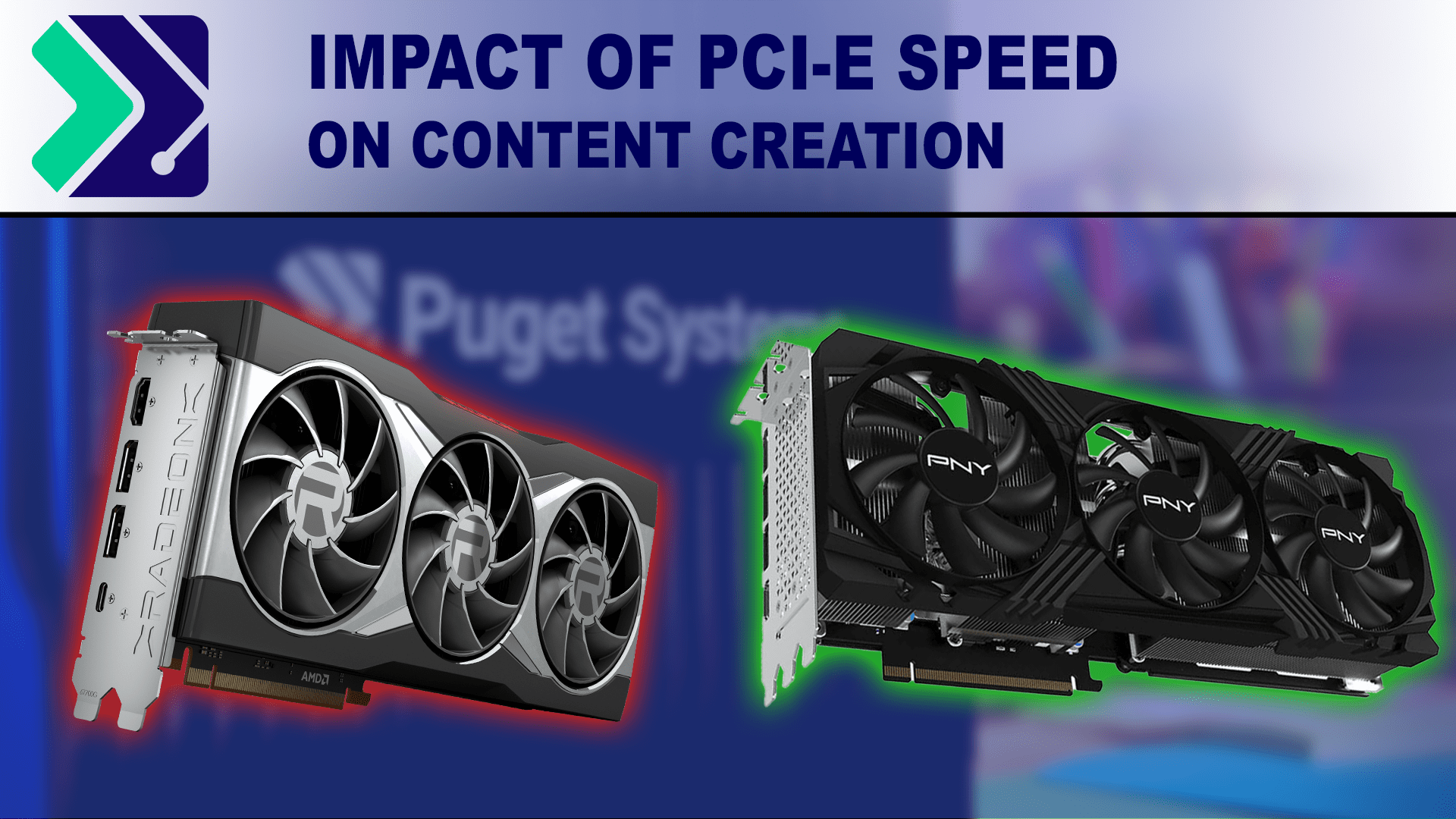
Installing add-in cards—like capture cards—can limit PCI-e bandwidth to the GPU. Does the reduction of PCI-e bandwidth harm performance in content-creation?
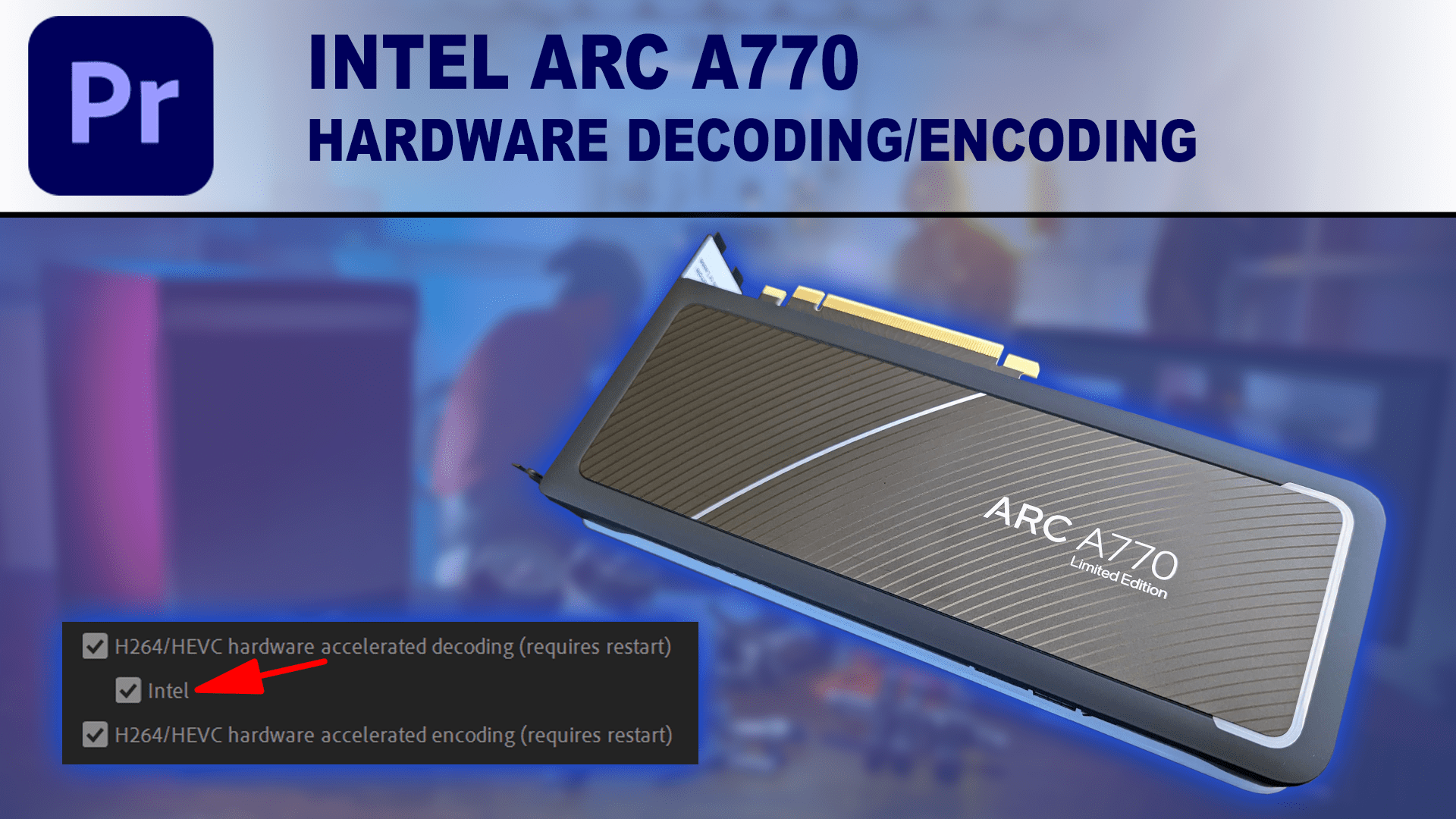
In the Premiere Pro 24.0 beta, Adobe is adding full hardware decoding and encoding support for Intel Arc GPUs. How well does this work, and does it make Intel a viable alternative to AMD and NVIDIA?
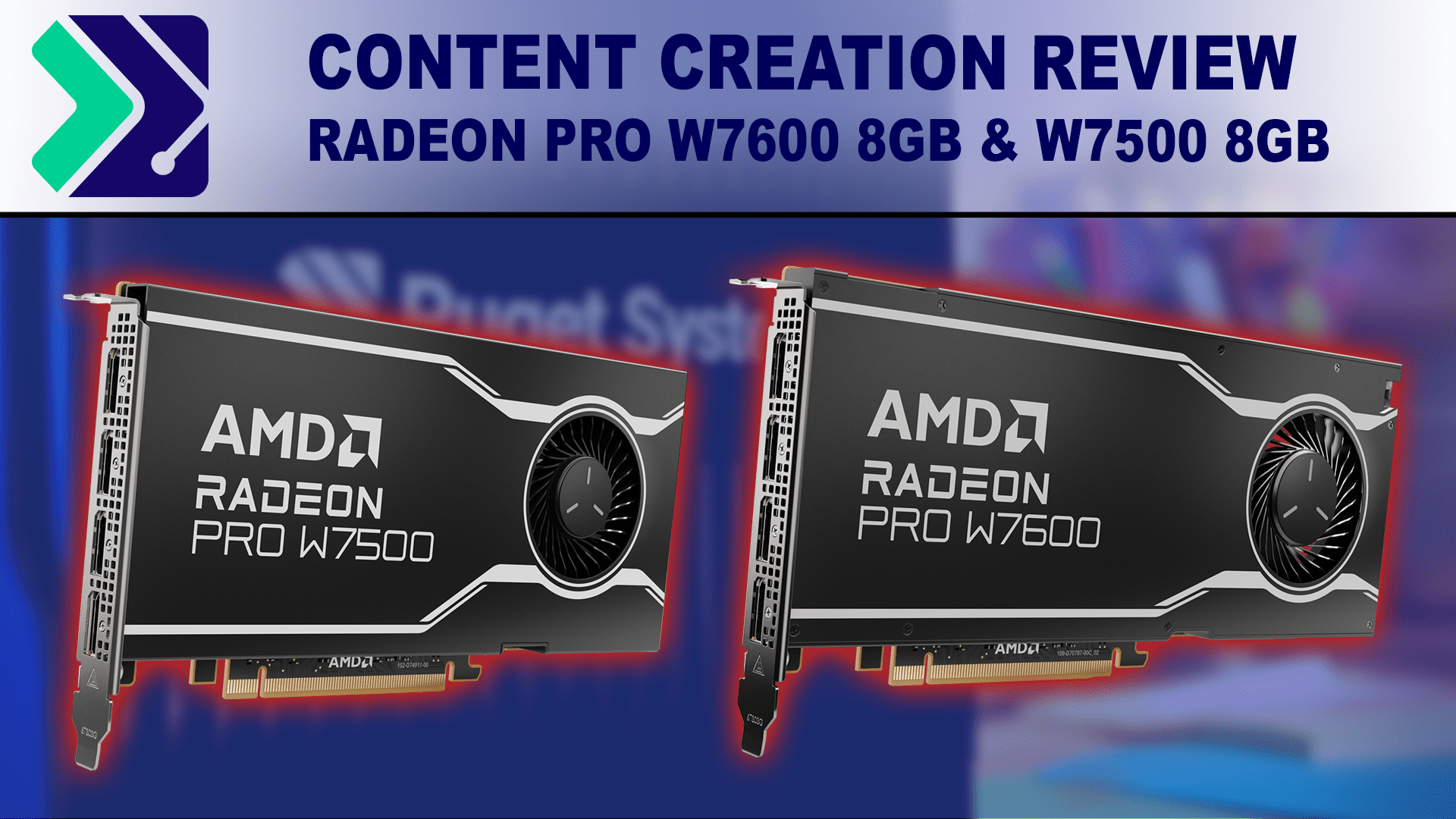
The AMD Radeon PRO W7600 and W7500 are the next installments in AMD’s Radeon PRO product line of professional GPUs. How do they compare to the last-gen W6600 and NVIDIAs closest-priced competitors?
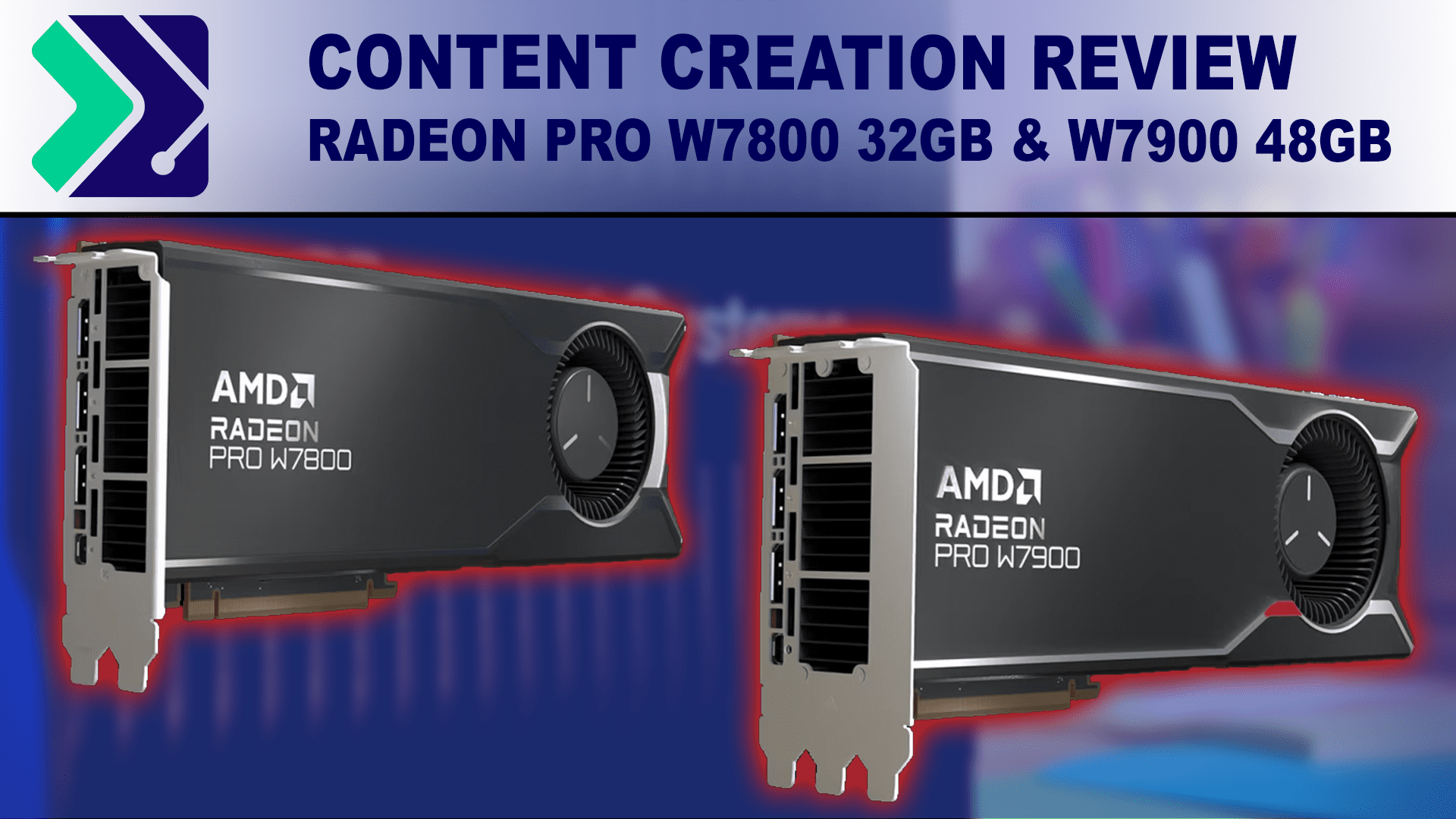
AMD’s has released the Radeon PRO 7000 series of graphics cards featuring up to 48 GB of VRAM. How do they compare to NVIDIA’s RTX Ampere and Ada GPUs?
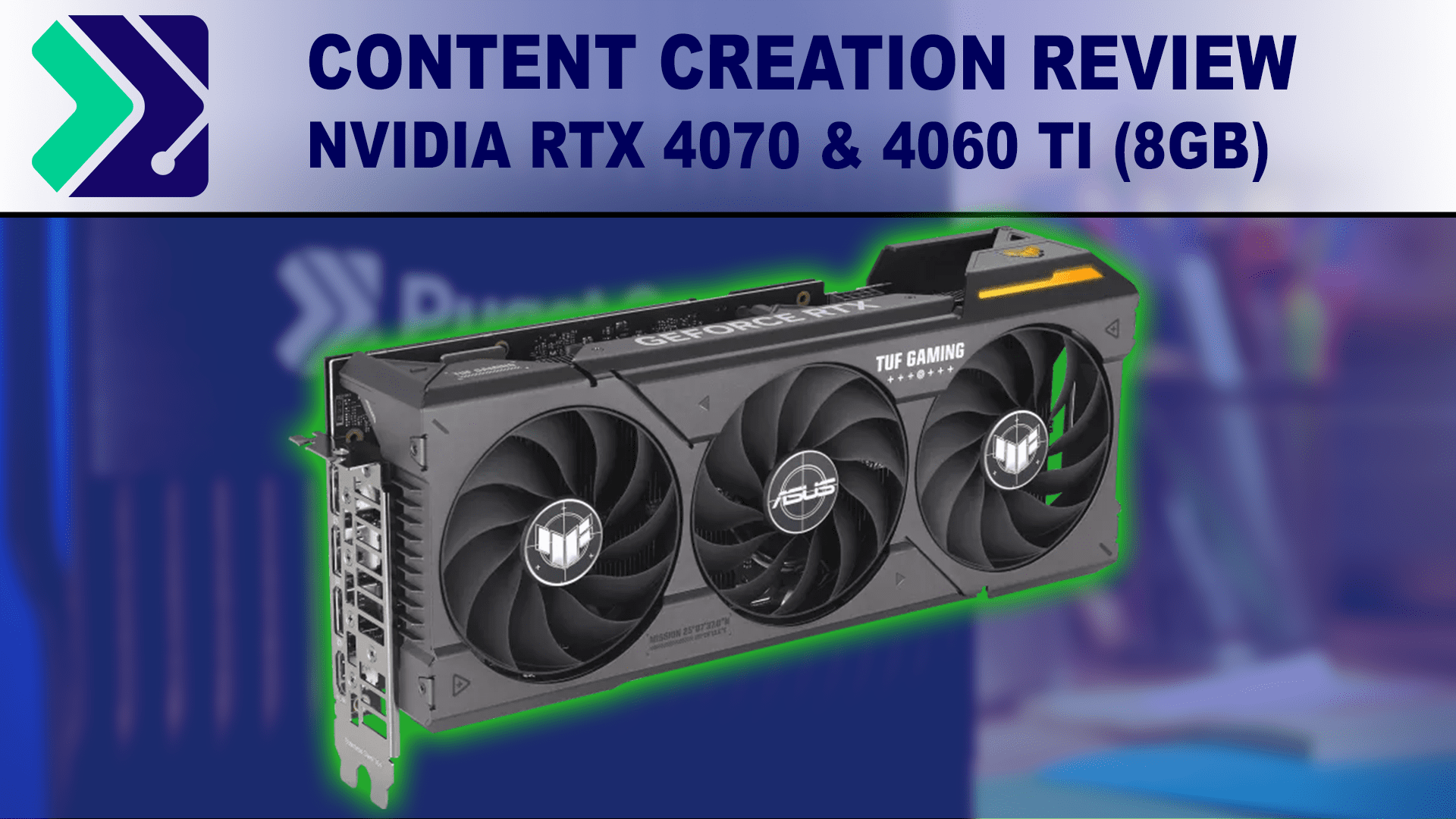
The NVIDIA GeForce RTX 4070 and 4060 Ti (8GB) are the most recent additions to NVIDIAs consumer family of GPUs on their Ada Lovelace Architecture. How do they compare for content creation against their previous generation counterparts?